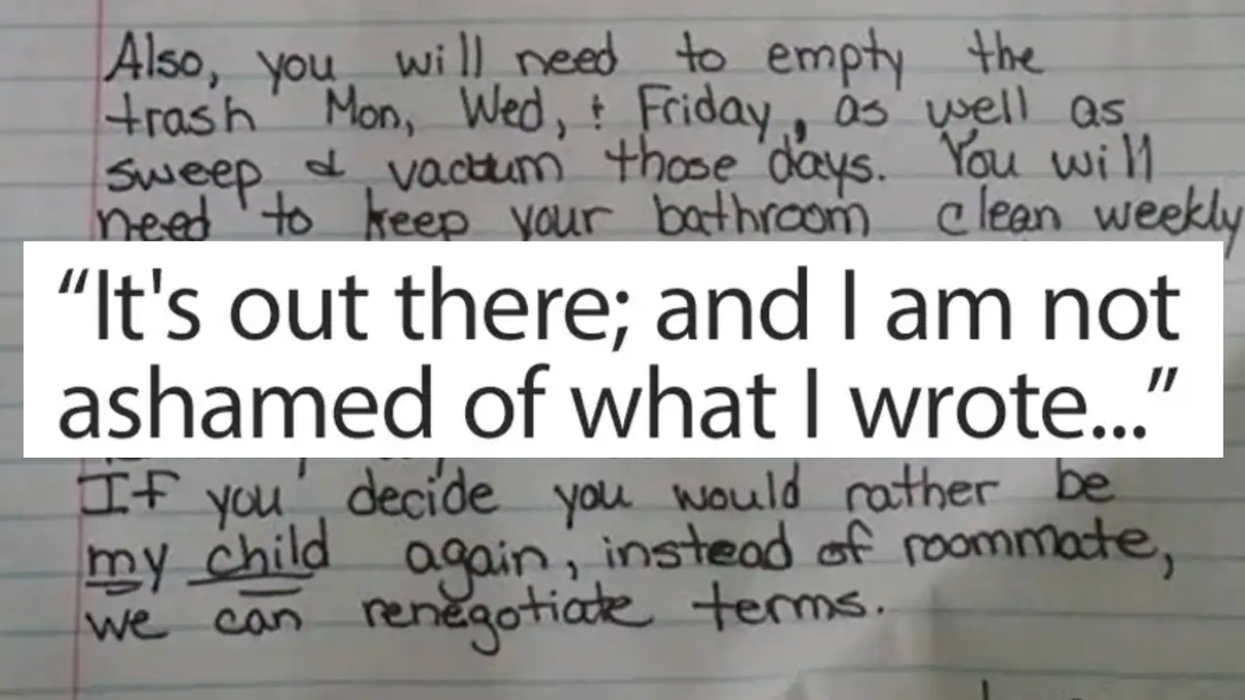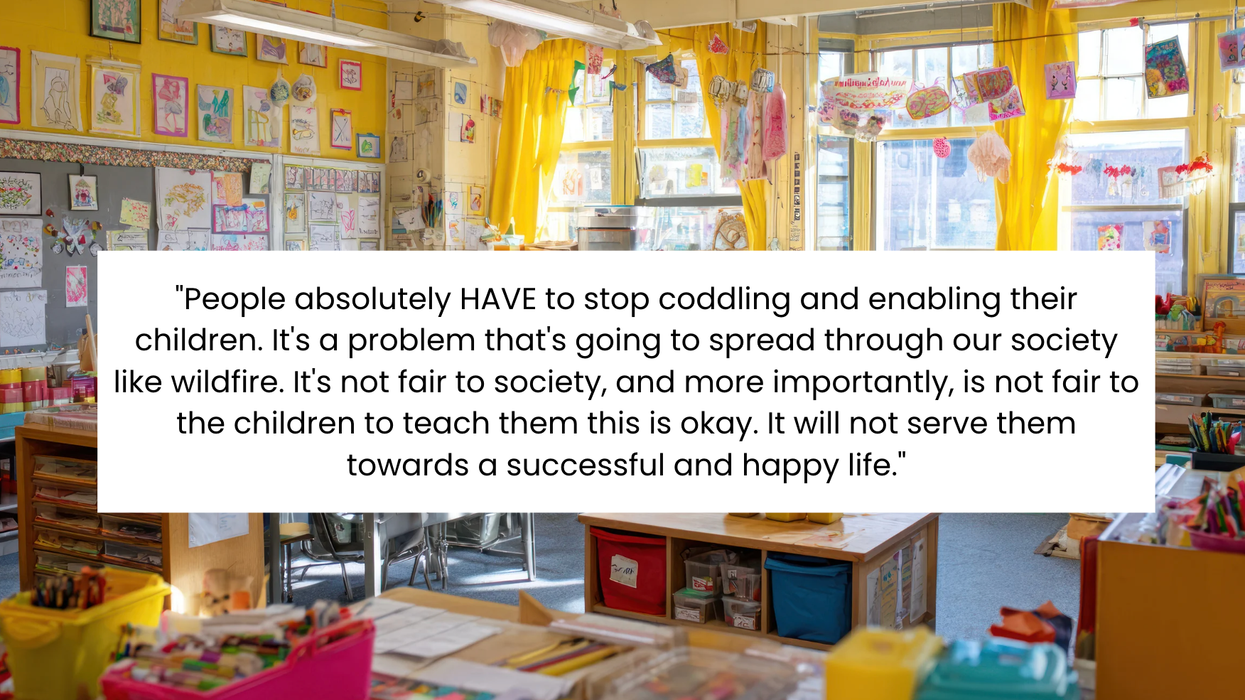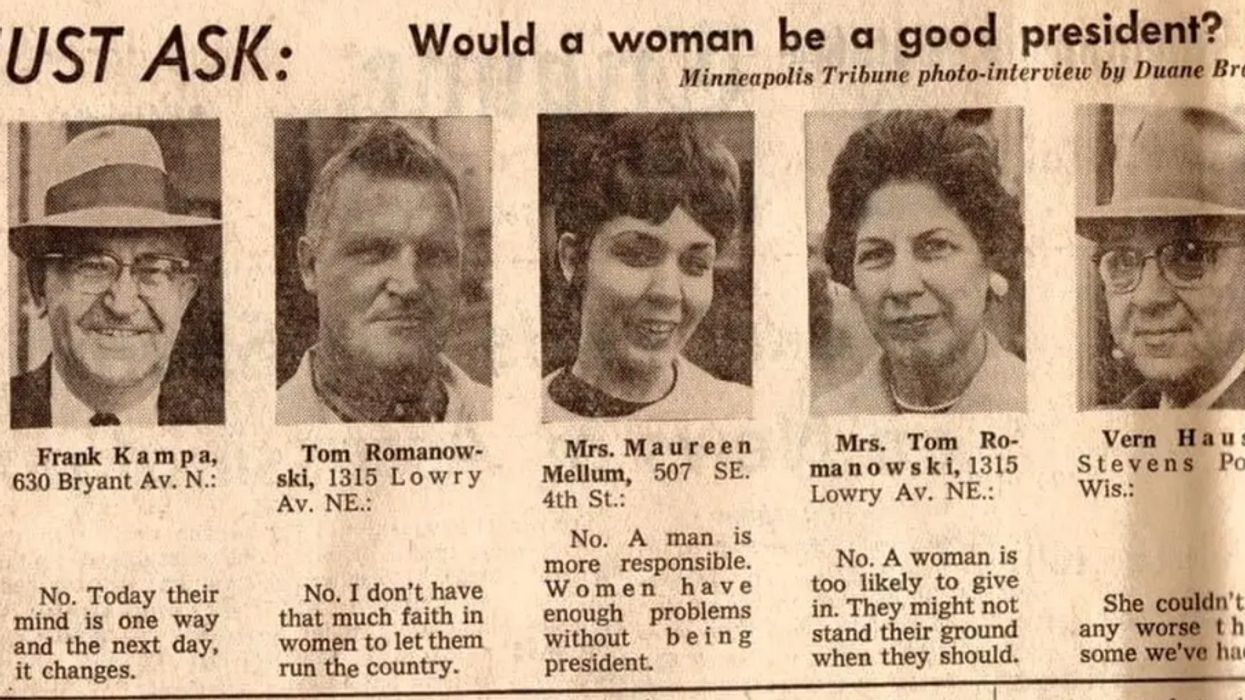What the bicycle can teach us about the design challenges of the next century.
design mind on GOOD is a series exploring the power of design by the editors of design mind magazine. New posts every Tuesday and Thursday.
Albert Einstein once said, "The problems that exist in the world today cannot be solved by the level of thinking that created them…" and he was right. In the next century, our job as designers will be to evaluate accepted solutions through a different lens. For a solution to be truly sustainable and good it must have a positive return to the environment and society. At the heart of any design problem is a question: Are we trying to make something less bad or are we trying to make things better?
With the industrial revolution came great responsibility that has taken us decades to face up to. There is more to getting everything we ever wanted than meets the eye. With the green movement things have gotten better, but just because something is labeled as "green" doesn't mean it's good. The Federal Trade Commission has a guide to sort out "green" advertising claims here. But Federal regulation can only go so far. Products and processes must be rethought. Expectations are still at a fairly low level and we have a responsibility to exceed them by not focusing on the end product, but by looking at the whole ecosystem in which it exists. Simply making a t-shirt with a different type of fabric is not enough. We really need to consider whether we are solving the right problem in the first place.
It's not just about solving for the negative; It's about creating a positive. The bicycle is a good example. We have figured out how to harness kinetic energy while braking to recharge batteries in electric vehicles. Imagine applying this idea to a bicycle. Most of the challenge of cycling is in creating motion rather than sustaining it. Having the aid of an electric motor might help adults that are older or overweight to adopt cycling as a more serious and attractive mode of transportation.
In fact, just such a two-wheeler was unveiled last week at the COP15 Copenhagen Conference when MIT students introduced The Copenhagen Wheel. The bike captures kinetic energy during braking and stores it in an electric motor pinched to the back wheel. It also uses Bluetooth to transmit data about speed, distance, pollution levels, and location to the rider's iPhone. Technologies like these can help decrease the barrier to natural physical activity for certain riders while also connecting them more intimately with their environment. To solve the problems we face we need to create solutions relative to a better set of criteria that work with and not against natural forces.
H.G. Wells once said, "When I see an adult on a bicycle, I do not despair for the future of the human race." Riding a bike is something that provides more than just the practical benefit of moving people from A to B. As somebody who regularly commutes by bike I can say that the benefits are wide and far-reaching and impact everything from the finer details of my budget to the core of my fitness.
But there's also another, less tangible benefit to biking: It reduces the barrier between the rider and the environment. Every time I get on my bike-whether it's a ride to work or distance over the weekend-I look around at some point and truly notice something about my surroundings. Having a closer connection with the environment shows us what it is and what it means to save it. When a person rides a bike they are not only moving; they are actively participating in the world around them and are present to their surroundings. It's at that point when riding a bike transcends the simple act.
With our minds and our technology, we must let go of the lens of the industrial past and approach our problems with hope. What we need is a paradigm shift to solving better problems. Instead of design that reduces our negative impact, we should figure out how to create a positive impact. We need design that, like the bike, gets us from point A to point B in a way that is comfortable, beneficial, and beautiful.
Eric Wicks is an Austin-based artist, designer, and strategist.
















 Otis knew before they did.
Otis knew before they did.